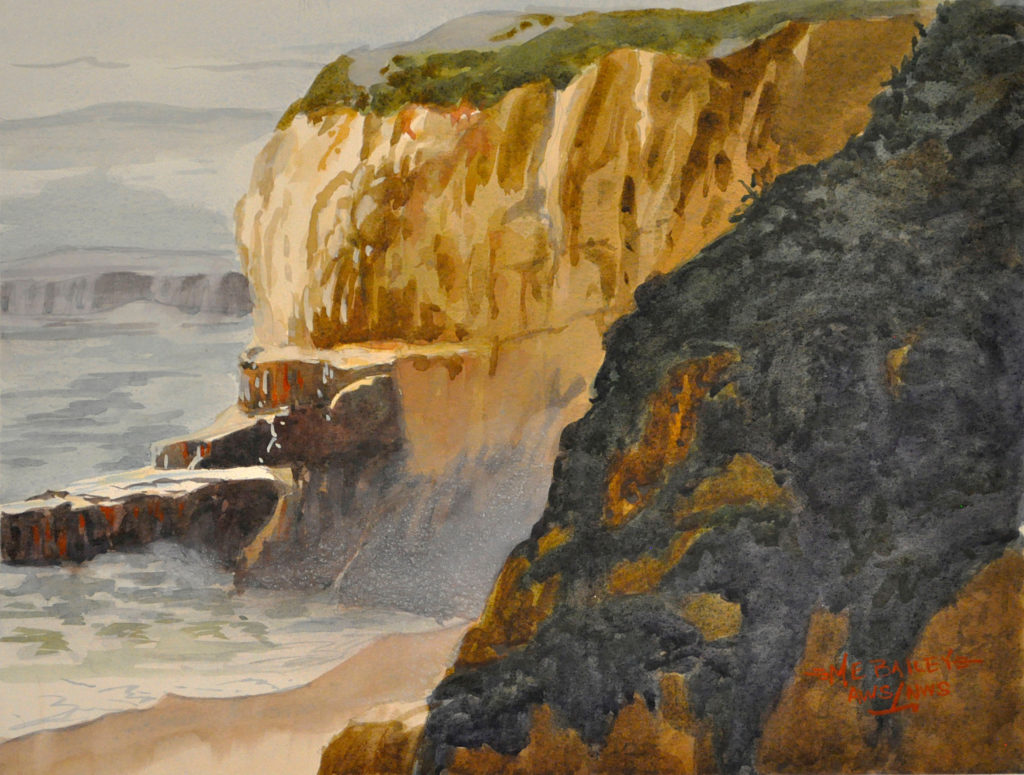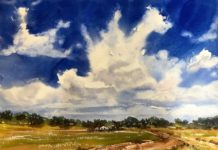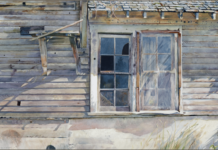
Mike Bailey has been teaching the same class for 20 years. It’s different from most other classes, and it has a surprise ending that results in the students finding the path to their own personal style of art — their voice. “A developing artist needs to understand how a really good painting is structured. You need to know about unity, conflict, harmony, repetition, variety, and structure. It’s more than just a feeling behind your navel.”

So how does the discovery of an artist’s voice actually happen in Bailey’s program? “During the 10-week course, the students develop 20 large paintings around a single still life,” Bailey explains. “By confining their choices of point of view and preventing the option of moving items in the setup, they are forced to manipulate various elements — lines, values, sizes, shapes, and colors. The truth is, you could develop 20 paintings based just on color schemes or value schemes.

“What happened was, six or seven weeks into the course, people just started going off like popcorn and making huge breakthroughs in their work. They become bored and begin to respond to the urges that call them to break the boredom, which shows up in their work. Their mental images of what a painting should look like take a back seat, and they start opening up to their new ideas. It’s a crucible, but by the end they can’t believe what they have accomplished.”

What do they end up doing? Their work gets more abstract. “A lot of the minutiae, the little details, are lost,” Bailey says. “The students focus on design, values, and composition instead of making a pretty picture. It’s really amazing to watch. At the end we have the big reveal, where everybody takes their 20-painting series and we lay them all out with mats in the order they were painted. “You look at these 22 x 30-inch paintings and you can see where the breakthroughs happen. You can see where they show an inclination toward color, value, or texture, for instance. You notice a magnetism toward some aspect of painting, an inclination toward it. And that’s how they begin to crystallize their personal style.”
Need more inspiration? You can’t do better than this month’s Watercolor Live! Join 25 of today’s top watercolor artist as they share their best tips and techniques, and start your creative year off on the right foot.








Excited to find you all.